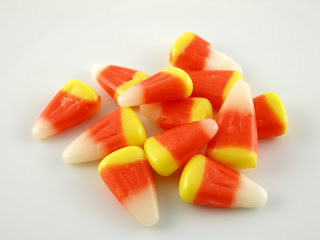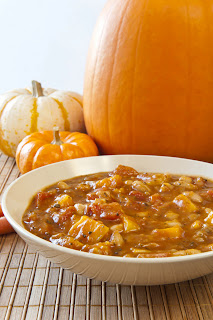There are thousands of mobile apps available to help you change or support your health and eating habits. The proliferation of these apps in a few short years makes deciding which one to download and use challenging. If apps are free, cost is not a concern. But you do want to avoid overloading your smartphone with too many apps or else you may not use any of them.
MU Extension has put together a one-page handout to help you ask the right questions before you download a nutrition or health app.
- What is the SOURCE of the app? See if you can determine who developed the app and their background, credibility.
- Does the app MEET your needs? Is the database large enough to reflect the kind of foods you usually eat? If you eat out a lot, then you want a database that has nutrition information for the places you go. If the app includes recipes, are they healthy (prepared with minimal fat and sugar? Are the recipes ones that you would likely prepare at home or have the necessary equipment to make at home?
- What ACTIONS will you take? Make sure the app you choose is one that provides information in a format that is easy to understand and use so that you can change your health and eating habits.
- What do the REVIEWS say? What do reputable nutritionists/dietitians or other health professionals say about the app? You can Google the app name to find online reviews. The American Academy of Nutrition and Dietetics has a website with app reviews at eatright.org/appreviews/.
- Do you have the TIME? Is the app easy enough to use that you will use it regularly?
For MU Extension’s SMART Start to Finding Nutrition and Health Apps one-page handout (downloadable for free from the web) go to extension.missouri.edu/p/N581
Contributor: Ellen Schuster, M.S., R.D., Associate State Specialist, University of Missouri Extension, schusterer@missouri.edu, 573-882-1933





